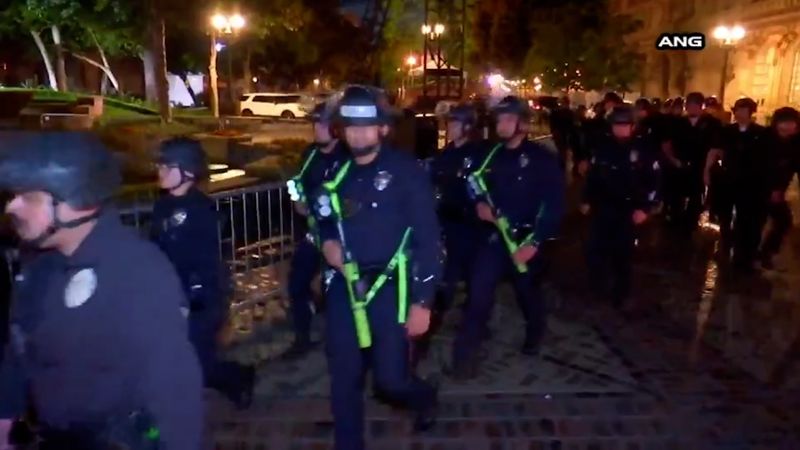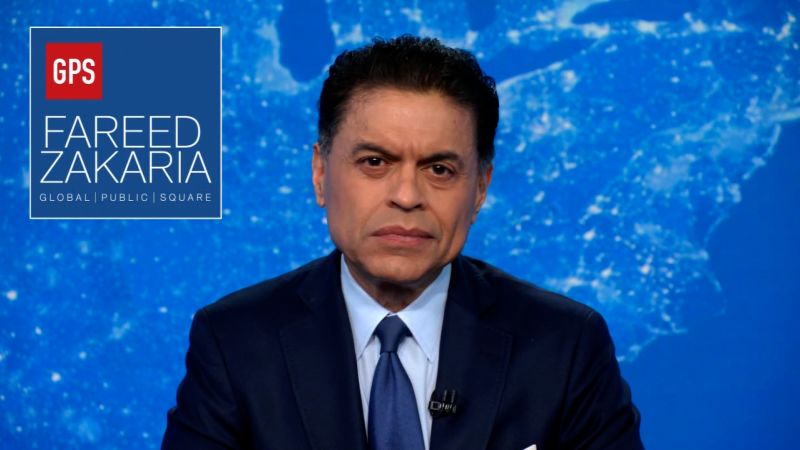President Biden will celebrate this astounding success story this week by welcoming South Korean President Yoon Suk Yeol for a state visit. The event will symbolize what’s great, and hopefully enduring, about this partnership.
But beneath the ceremonial bunting, you’ll see some stark questions about the future of American power in the Indo-Pacific region — starting with a need to refurbish the U.S. nuclear umbrella. To enhance South Korean confidence in “extended deterrence,” Biden will bolster America’s nuclear commitment to deploy weapons and consult about their use; Yoon, in response, is likely to reaffirm Seoul’s support for the nuclear Non-Proliferation Treaty.
The painful fact is that, to many in South Korea, the American security blanket feels a little threadbare these days. A poll last year by the Chicago Council on Global Affairs found that 71 percent of South Koreans wanted their country to develop its own nuclear arsenal. A survey in January by the South Korean newspaper Hankook Ilbo found that 67 percent support building a bomb.
Yoon himself seemed to express doubts earlier this year about America’s ability to deter North Korea, which U.S. analysts believe has 30 to 50 nuclear warheads. “It’s possible that the problem gets worse, and our country will introduce tactical nuclear weapons or build them on our own,” Yoon said in January, adding (accurately) that Seoul could do so “pretty quickly, given our scientific and technological capabilities.”
Checking the nuclear ambitions of Asia’s “rising tigers” has been one of the small miracles of American diplomacy over the past few decades. U.S. officials estimate that as many as 10 Asian countries could quickly build nuclear weapons, including Japan, Taiwan, Singapore, Indonesia and Malaysia, as well as South Korea.
South Korean and Taiwan did have active nuclear weapons programs, years ago. Seoul abandoned its program in 1975 and joined the Non-Proliferation Treaty. Taiwan was planning to have its own nuclear weapons by 1976, according to a 1972 U.S. intelligence estimate. Taipei dropped that program after Beijing and Washington opened relations that year, but it still has an active nuclear power program.
These Asian nations forswore nukes because they trusted in American power. But this confidence has been shaken in recent years. One reason is the “America First” disdain for allies expressed by former president Donald Trump. Another is the reckless nuclear saber-rattling by North Korea, constantly, and Russia since its invasion of Ukraine. A third factor, in some ways the most worrying, is China’s race to build more nuclear weapons, with what U.S. officials say is a goal of 800 to 1,000 warheads over the next decade.
America’s nuclear umbrella may look less impermeable these days to our Asia friends. That’s why the Yoon visit will be important — in affirming that the United States will add more coverage and commitment to protect its allies.
There’s a strategic paradox in Asia that’s rarely noted: The biggest beneficiary of America’s extended deterrence policy (and its check on proliferation) might be China. Few things would be more destabilizing for China than a nuclear South Korea and Japan — and the cascade of other nations that would go nuclear in their wake. But China remains hunkered down in its own nuclear bunker, disdaining U.S. invitations to discuss strategic stability. No wonder Asia mistrusts China’s intentions.
Yoon’s visit follows one in January by Japanese Prime Minister Fumio Kishida, the leader of America’s other key ally in northeast Asia. Yoon’s willingness to reach out to Japan, despite the political risks back home, helped bolster the trilateral U.S.-Japan-South Korea partnership that might be America’s biggest asset in Asia.
A cautionary note was shared with me by a longtime Korea-watcher. Even as Yoon moves toward Washington, his nemesis in Pyongyang draws ever closer to Moscow and Beijing. “We are doing Seoul no favor by nudging it along a path of open confrontation with Russia and China,” warned this Korea expert.
White House meetings with allies like Yoon might seem like the elevator music of foreign policy, predictable and preprogrammed. But these relationships are the essence of the West’s power. Contrast them with sharply declining approval of Russia’s global leadership, which according to a new Gallup poll has fallen 12 points to just 21 percent over the past year, less than one-third of the United States’. And compare our diplomatic position, too, with China’s — which just demolished its charm offensive in Europe by questioning the legitimacy of nations that were once part of the Soviet Union.
Seventy years ago, South Korea was in ruins, with “blasted and burned cities” and millions of Korean War victims, “homeless and jobless, living in squalor,” wrote T.R. Fehrenbach in his classic history of the conflict.
Today, South Korea is an economic and technology superpower. The challenge for the United States is how to extend the magnificent arc of that story far into the future.







More News
On Queens Soccer Fields, Immigrants Find Each Other and a Sense of Home
Laurent Cantet, Whose Films Explored France’s Undersides, Dies at 63
Cease-Fire Talks Between Israel and Hamas Again at an Impasse